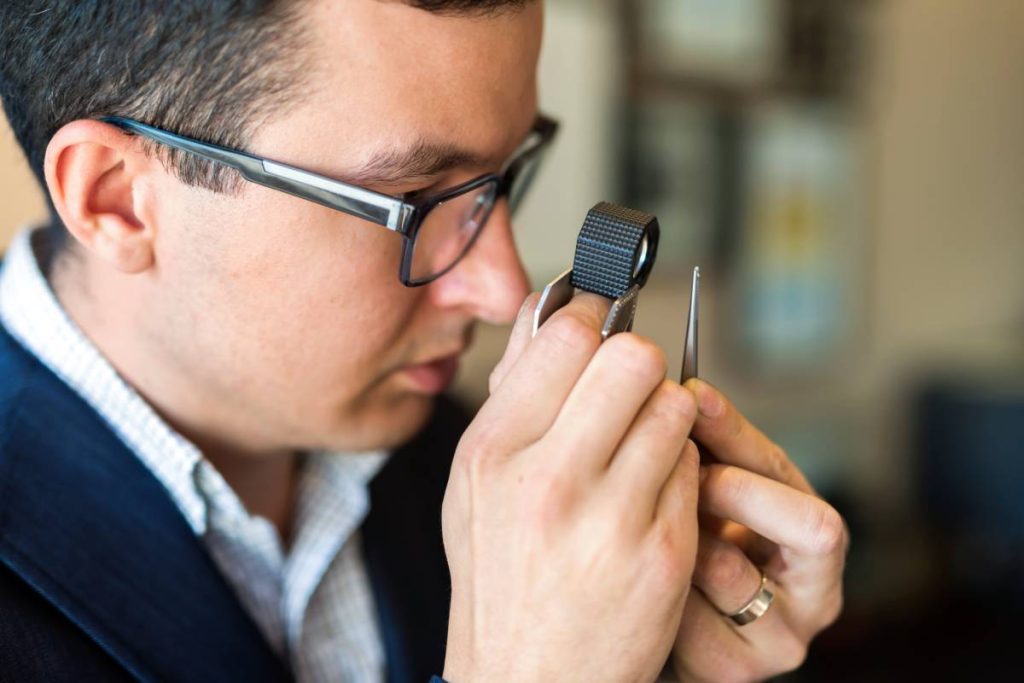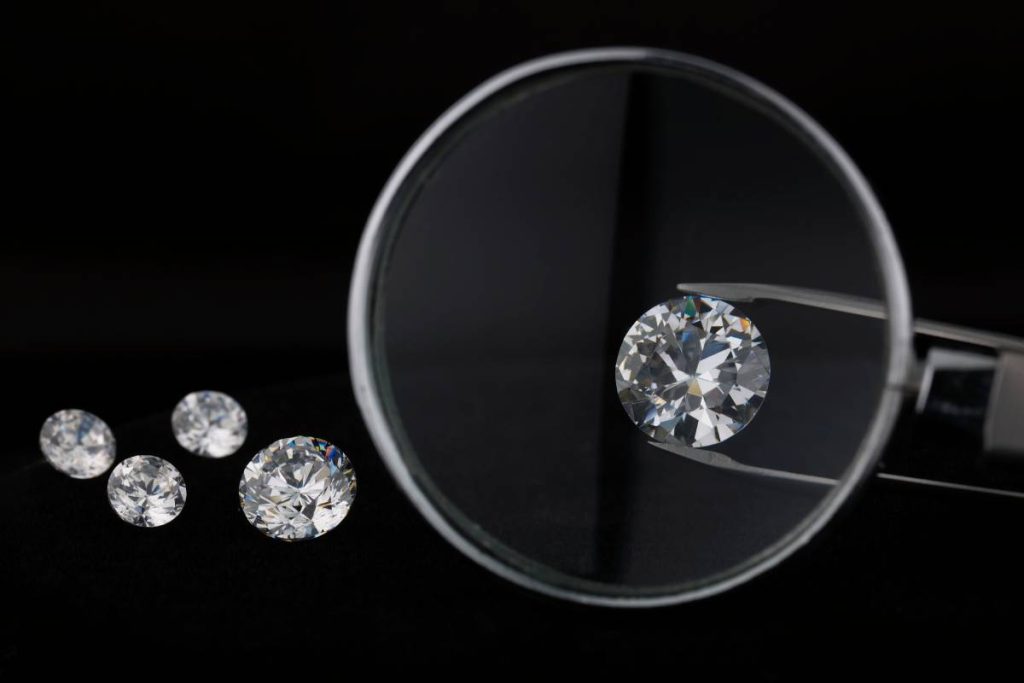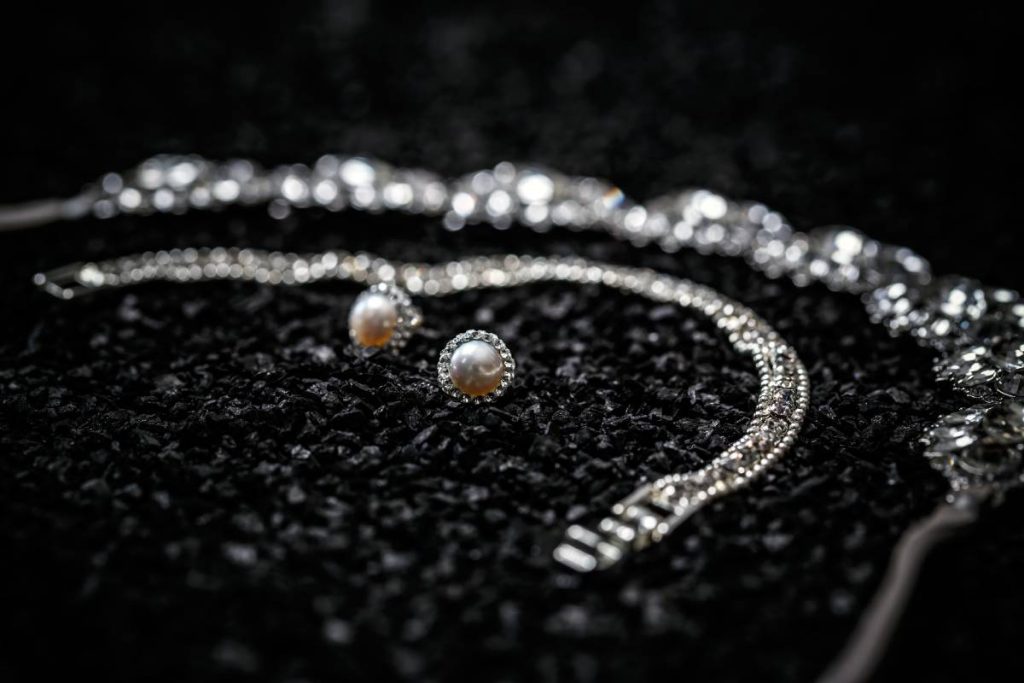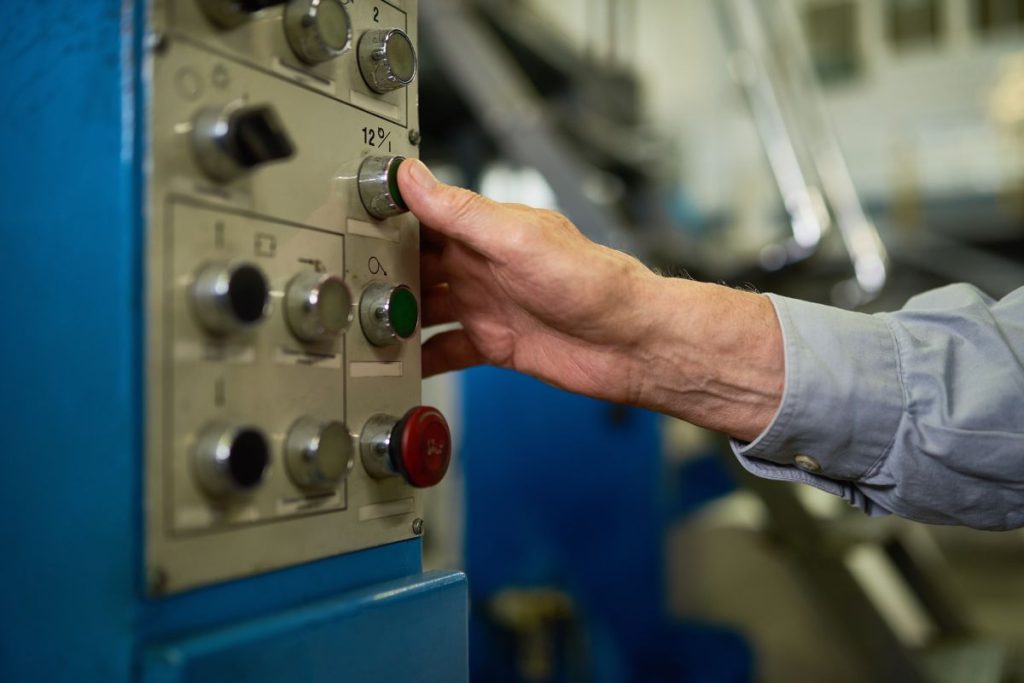What are lab-grown diamonds? Are lab-grown diamonds real diamonds? What are the advantages and disadvantages of lab-grown diamonds?

Welcome to the world of dazzling gemstones, where lab-grown diamonds have emerged as a game-changer. These diamonds aren’t mined from the Earth but are crafted in high-tech labs.
Let’s explore what makes these diamonds special, their benefits, and what to consider when choosing them for your jewellery.
What are lab-grown diamonds?
Lab-grown diamonds, also known as synthetic or cultured diamonds, are dazzling gems created through advanced technological processes within a laboratory setting. Unlike naturally occurring diamonds, which form deep within the Earth over millions of years under intense pressure and heat, lab-grown diamonds are crafted through innovative methods that replicate the conditions necessary for diamond formation.
The production of lab-grown diamonds typically involves two primary techniques: High Pressure High Temperature (HPHT) and Chemical Vapor Deposition (CVD). In the HPHT method, scientists recreate the natural diamond-growing environment by subjecting carbon seeds to high pressure and high temperature, prompting the carbon atoms to crystallize and form diamonds. On the other hand, the CVD method involves using a gas mixture to deposit carbon atoms onto a substrate, forming diamond crystals layer by layer.

One of the key advantages of lab-grown diamonds is their ethical and environmental footprint. Traditional diamond mining has often been associated with environmental degradation and social issues, such as unethical labour practices. In contrast, lab-grown diamonds are produced in controlled environments, reducing the environmental impact and eliminating concerns related to unethical mining practices. This makes them an appealing choice for consumers who prioritize sustainability and ethical sourcing.
Lab-grown diamonds exhibit the same physical, chemical, and optical properties as natural diamonds, making them virtually indistinguishable to the naked eye. They share the same brilliance, hardness, and fire, offering a sustainable alternative without compromising on quality. In fact, lab-grown diamonds can be of higher quality in terms of purity and colour due to the controlled conditions in which they are formed.
Furthermore, lab-grown diamonds often come at a more affordable price point compared to their natural counterparts. The reduced production costs associated with controlled laboratory environments contribute to making these gems accessible to a broader range of consumers. This affordability, coupled with ethical considerations, has led to an increasing trend of individuals choosing lab-grown diamonds for engagement rings, jewellery, and other ornamental purposes.
It’s important to note that the rise of lab-grown diamonds does not diminish the allure of natural diamonds. Both types have their unique appeal and cater to different preferences. Some may still prefer the authenticity and rarity of natural diamonds, while others appreciate the eco-friendly and socially responsible aspects of lab-grown diamonds.
In short, lab-grown diamonds are a remarkable innovation in the world of gemstones. They offer a sustainable and ethical alternative to traditional diamond mining, addressing environmental and social concerns. With their identical physical and optical properties, lab-grown diamonds provide a captivating option for those seeking a beautiful and responsible choice in the realm of fine jewellery. As technology continues to advance, the popularity of lab-grown diamonds is likely to grow, contributing to a more sustainable and ethical future for the jewellery industry.
Related article: For the One You Hold Dearest to Heart: Custom Made Jewellery is the Perfect Gift
Are lab-grown diamonds real diamonds?
Yes, lab-grown diamonds are indeed real diamonds. Despite being created in a laboratory rather than forming naturally deep within the Earth, these gems share the same chemical composition, physical properties, and visual characteristics as their mined counterparts.
One of the key factors establishing the authenticity of lab-grown diamonds is their composition, which is identical to that of natural diamonds. Both types are composed of carbon atoms arranged in a crystal lattice structure, giving them their renowned hardness and brilliance. This shared chemical makeup means that lab-grown diamonds are, from a molecular perspective, real diamonds.
From a visual standpoint, it is virtually impossible to distinguish between natural and lab-grown diamonds with the naked eye. They exhibit the same sparkle, fire, and scintillation. Gemologists often use specialized equipment to differentiate between the two, relying on unique features that might be present due to the growth process. However, these distinctions are not visible to the average consumer and do not impact the diamond’s beauty or durability.

While lab-grown diamonds are real diamonds, they offer some distinct advantages over their natural counterparts. One of the primary advantages is the ethical and environmental considerations associated with their production. Traditional diamond mining has raised concerns about environmental damage and ethical issues, such as exploitative labour practices. Lab-grown diamonds, produced in controlled environments, eliminate these concerns, making them an attractive choice for those who prioritize sustainability and ethical sourcing.
Another noteworthy aspect is the affordability of lab-grown diamonds. The controlled conditions of their creation contribute to lower production costs, making these diamonds more accessible in terms of price. This affordability, coupled with the ethical advantages, has contributed to the growing popularity of lab-grown diamonds in the jewellery market.
Lab-grown diamonds are undeniably real diamonds, sharing the same chemical composition and visual characteristics as natural diamonds. The distinction between the two lies in their origin, with lab-grown diamonds offering a sustainable and ethical alternative to traditional diamond mining. As technology continues to advance, the acceptance and appreciation of lab-grown diamonds are likely to increase, shaping a more sustainable and inclusive future for the diamond industry.
What are the advantages and disadvantages of lab-grown diamonds?
Lab-grown diamonds present a fascinating alternative to their naturally mined counterparts, offering a range of advantages and disadvantages. Understanding these aspects can help consumers make informed choices when it comes to selecting diamonds for jewellery or other purposes.
Advantages of lab-grown diamonds
- Ethical and Environmental Considerations: Lab-grown diamonds are created in controlled environments, eliminating the ethical concerns associated with traditional diamond mining. This includes issues such as exploitative labour practices and environmental damage caused by mining activities. Choosing lab-grown diamonds supports a more socially responsible and sustainable approach to obtaining these precious gems.
- Lower Cost: Lab-grown diamonds are often more affordable than natural diamonds. The controlled conditions of their production contribute to lower costs, making these gems accessible to a wider range of consumers. This affordability is particularly attractive for those looking for beautiful and durable diamonds without the hefty price tag.
- Purity and Color Control: The manufacturing process of lab-grown diamonds allows for precise control over the diamond’s characteristics, including purity and colour. As a result, lab-grown diamonds may exhibit higher quality in terms of clarity and colour than their natural counterparts.
- Innovation and Technology: The production of lab-grown diamonds involves cutting-edge technologies, showcasing the progress and innovation in the field of gemstone creation. This technological aspect appeals to consumers who appreciate advancements in science and sustainable practices.
- Reduced Environmental Impact: Compared to traditional diamond mining, which can lead to deforestation, habitat destruction, and other environmental issues, lab-grown diamonds have a significantly reduced environmental impact. The controlled processes within a laboratory setting help minimize the ecological footprint associated with diamond production.

Disadvantages of lab-grown diamonds
- Perceived Value and Rarity: Some individuals place a high value on the rarity and uniqueness of natural diamonds. Lab-grown diamonds, despite their identical properties, may not carry the same sentimental value for those who appreciate the geological journey and scarcity of naturally formed diamonds.
- Energy Consumption: The production of lab-grown diamonds requires a considerable amount of energy, primarily in the form of electricity. While advancements are being made to reduce the energy footprint of lab-grown diamonds, this remains a factor to consider in evaluating the overall environmental impact.
- Market Perception: Lab-grown diamonds, despite their qualities, may face challenges in terms of market perception. Some consumers may still be unaware of the technological advancements in diamond creation or may hold traditional views that favour naturally mined diamonds.
- Limited Size and Availability: Although lab-grown diamonds are becoming more prevalent, there can still be limitations in terms of size and availability. Large, high-quality lab-grown diamonds may be rarer compared to their natural counterparts, impacting choices for those seeking specific characteristics in their diamonds.
- Evolution of Technology: As technology continues to advance, the characteristics of lab-grown diamonds may evolve. Some consumers may be concerned about potential depreciation in the value or quality of their lab-grown diamonds as newer technologies emerge.
Conclusion
In the flashy world of gemstones, lab-grown diamonds shine as a symbol of progress and sustainability. As we’ve explored their pros and cons, it’s clear they aren’t just an alternative but a thoughtful choice for those who care about the environment, affordability, and quality. Whether you’re drawn to the sparkle of lab-grown gems or the natural allure of mined diamonds, your choice reflects personal values and a commitment to a more sustainable future in the world of beautiful jewellery.

 English
English 









































































